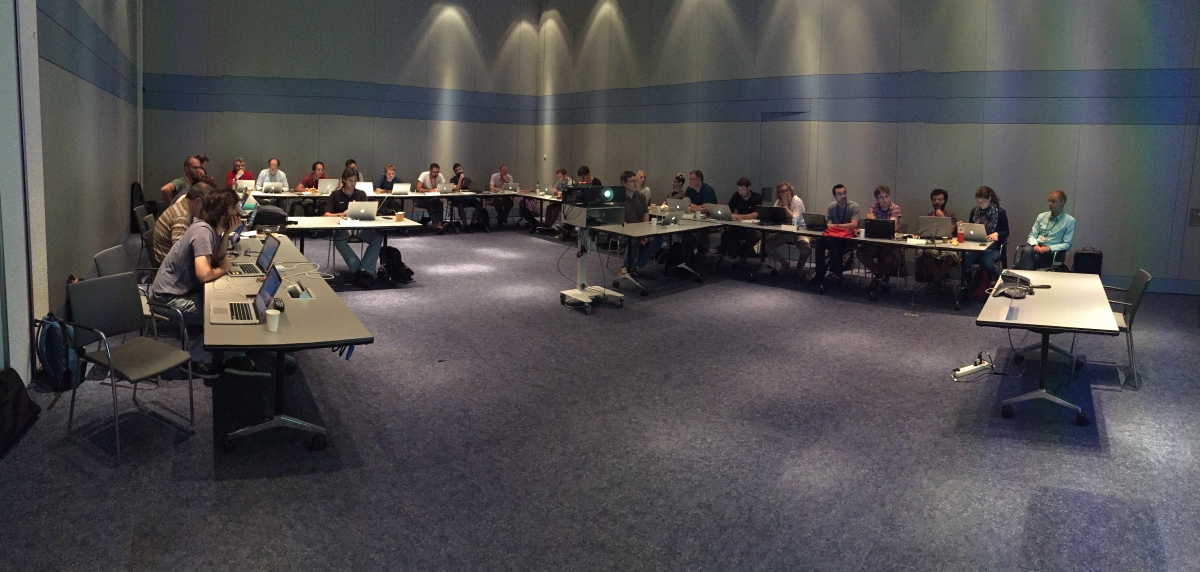How can an experiment demonstrate that sub-femto-g differential acceleration measurements at 1 mHz will be reliably achieved with the eLISA observatory? And, equally important, how can we demonstrate that all realistic noise sources are under control even at the lower frequencies (0.1 mHz and below) and higher sensitivity needed for eLISA?
As LPF approaches a December 2015 launch from the ESA Kourou site towards its science orbit around the L1 Lagrange point the PI team in Trento is focused on the final experimental design and analysis techniques needed to answer these questions. In addition to the main measurement of the acceleration noise between the two TM, we are a wide array of dedicated tests to quantitatively estimate different effects that can limit a precision differential acceleration measurement, including:
- “elastic” coupling of the test masses to the noisy spacecraft motion
- forces from stray electrostatic fields and noisy electrostatic charge on the test mass
- differential pressure from molecular and thermal photon impacts in the presence of a temperature difference across the test mass
- force noise from the application of quasi-static electrostatic actuation forces needed to balance spacecraft gravitational imbalances
- coupling of spacecraft and interplanetary magnetic fields to the motion of the nearly “non-magnetic” Au-Pt test masses
Together with our colleagues around Europe and in the US, we are preparing the measurement procedures and “real time” data analysis tools needed to run LPF as an orbiting laboratory and maximize the science return for eLISA and precision gravitational experimentation in the future.


